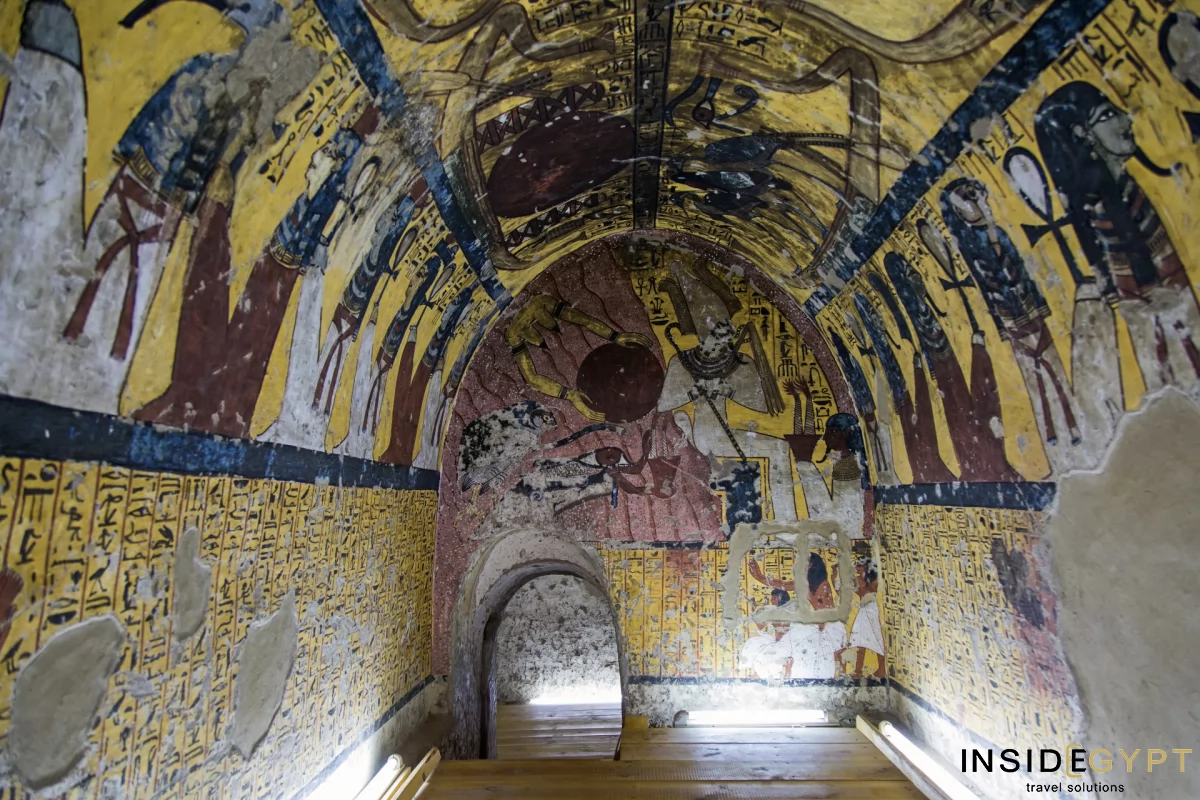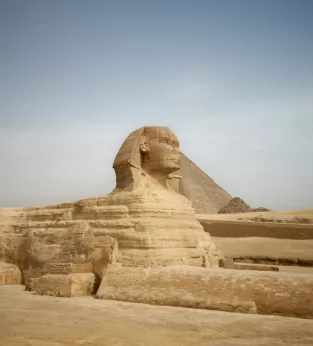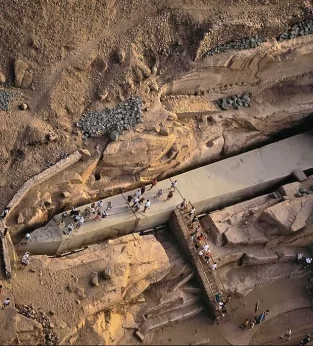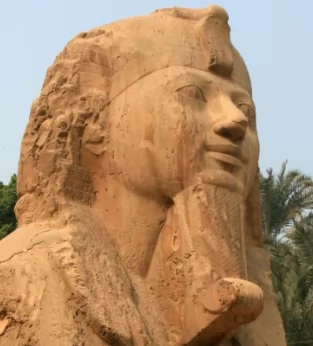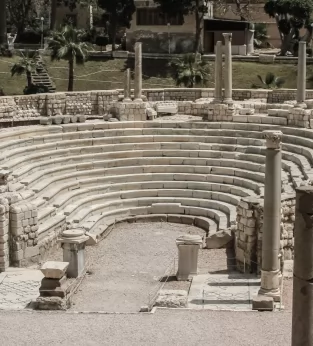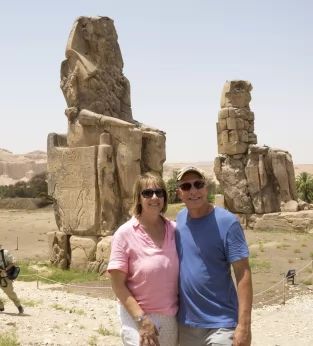Stay updated!
Craftsmen lived and worked here, forging and decorating the royal rock tombs in the Valley of the Kings. Visiting it is part of our all-inclusive Egypt vacation packages.
Artists and workers working to build a resting place for their rulers lived here in isolation, so that the choice of the pharaohs' burial places would remain secret. All products, materials and food were supplied to them by donkey caravans by order of the royal administration. It did happen that caravans and payments did not arrive on time and such a situation took place during the reign of Ramesses III (1183/82 - 1152/51), when the first strike ever recorded, broke out in the village for this reason.
The main problem in the settlement was the lack of its own water source. Workers started building a well, but never completed it and only a deep hole remained, which was used as a garbage dump in the Ptolemaic Period (4th-1st century BC). This inconspicuous place turned out to be a real mine of archaeological discoveries. Not only were they thrown here unnecessary at the time, but also thousands of ostracons - limestone rock fragments and fragments of broken ceramic vessels that were used to record information. Egyptologists get a lot of useful information from them about the economy of the village and the state as well as the work and life of its inhabitants.
The village is in a very good condition and you can trace its architectural plan. At its peak, around 1,200 people lived in 120 houses. Both artists and workers had a 10-day work schedule. At that time, 40-60 men went up the mountain road to the Valley of the Kings, where they were divided by the foreman into two groups: "left" and "right", and started work related to forging and decorating royal tombs.
Craftsmen were allowed to place their tombs near to the village. It was an honor as they were located almost next to the tombs of the pharaohs. Despite their small size, these tombs are enchanting with their elaborate ornamentation and two of them are especially worth visiting. An official of the royal necropolis from the 13th-12th centuries BC, Sennedj (number 1) - not robbed at the time of its discovery in 1886 - and the overseer of artists working in the Valley of the Kings during the reign of Ramses II the Great, Inherkhau (number 359). In both tombs the impression is made by the vividness of the representations and the preserved polychrome. It is also interesting to combine scenes whose theme is mortality with fragments of the so-called Book of the Dead, illustrating the judgment of the dead and life in the afterlife.
See sites like this and more on our Egypt tours! Book your luxury Egypt tour!


